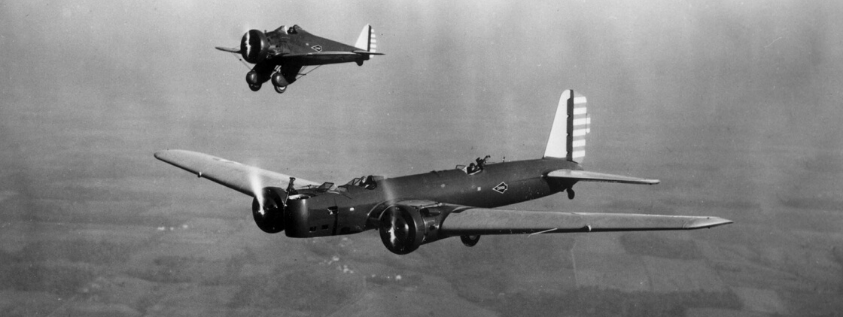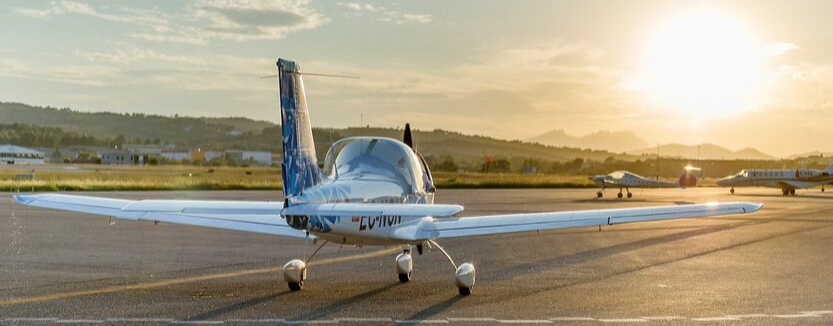The history of Boeing begins on July 15, 1916, when a company called Pacific Aero Products Co. is established in Seattle (USA). At that time the company was nothing more than a small factory of seaplanes and aeronautical parts located by the Duwamish River.
The first 100% electric commercial aircraft is about to take off
The EasyJet airline and the manufacturer Airbus work together for the arrival of the electric or hybrid aircraft. The two companies have signed a memorandum of understanding to analyze the opportunities and challenges that this type of aircraft can have that will undoubtedly be more sustainable than the current ones.
The 5 fastest planes in the world
With the discovery of the jet engine and the pressurised cabin, limiting factors such as altitude and speed became irrelevant. This led to the development of the fastest planes in the world.
Aerial work, the most unknown general aviation
Air work is considered any specialized commercial aviation operation that does not include air transport operation.
They are those aircraft operations in which it applies to specialized services such as agriculture, construction, photography, plane-raising, observation and patrol, search and rescue, aerial advertisements, etc…
Airbus A-320 simulator in EAS Barcelona
EAS Barcelona forms in all the professional profiles that constitute the crews of the airline planes. The qualification required to occupy these places is obtained from the ATO approval, through …


